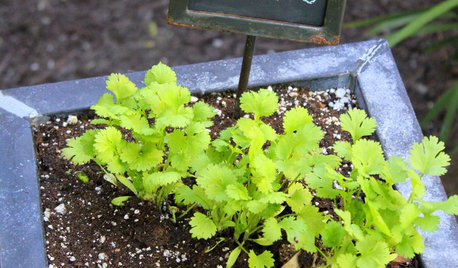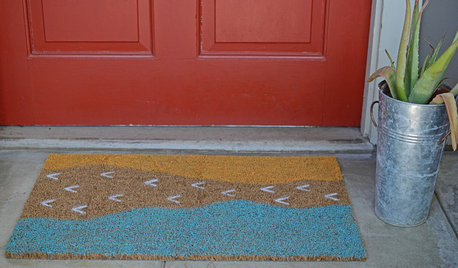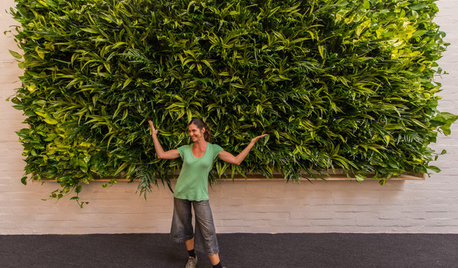Coco Coir
mike423
13 years ago
Related Stories

GARDENING GUIDESHerb Garden Essentials: Versatile Cilantro Adds Flavor to Herb Gardens
Love it or hate it, this cool-season herb contributes its unique flavor to any number or the world’s cuisines
Full Story
FARM YOUR YARD6 Things to Know Before You Start Growing Your Own Food
It takes time and practice, but growing edibles in the suburbs or city is possible with smart prep and patience
Full Story
CRAFTSStep Up to a Work-of-Art Doormat
Stomping your feet at big-box-store mats? Paint a plain doormat for your entry to exactly match your style
Full Story
HOUSEPLANTSHow to Add a Living Wall
Learn how to choose systems and plants, and what it will cost to bring a bit of the outdoors in or green up a garden wall
Full StoryMore Discussions






homehydro
halfway
Related Professionals
Windham Landscape Architects & Landscape Designers · Glassmanor Landscape Architects & Landscape Designers · Havre de Grace Landscape Architects & Landscape Designers · Berkeley Heights Landscape Contractors · Canby Landscape Contractors · Columbine Landscape Contractors · Eagle Landscape Contractors · Fort Mill Landscape Contractors · Lancaster Landscape Contractors · Mesa Landscape Contractors · Petaluma Landscape Contractors · West Chicago Landscape Contractors · Yukon Landscape Contractors · Camp Springs Landscape Contractors · Pike Creek Valley Gardeners & Lawn Caregrizzman
halfway
mike423Original Author
halfway
homehydro
joe.jr317
mike423Original Author
mike423Original Author
grizzman
homehydro
mike423Original Author
homehydro
joe.jr317
joe.jr317
grizzman
TheMasterGardener1
mycowarrior
homehydro
ju1234
homehydro
grizzman
hummersteve
Rio_Grande